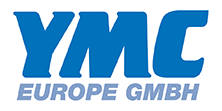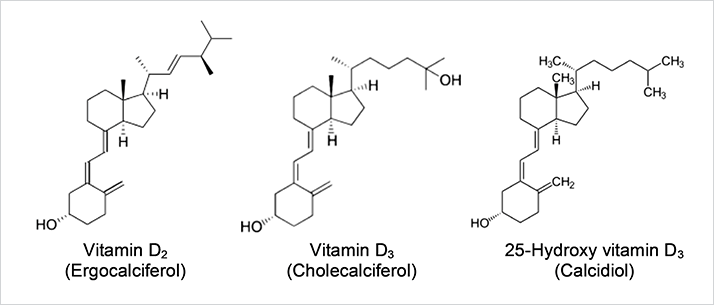Vitamin D3 (cholecalciferol) is essential for the human body. Low levels of vitamin D3 increase the risk of illness from a range of disorders. Babies, young children, pregnant mothers and old people are at a higher risk. Traditionally, vitamin D deficiency has been associated with rickets, a disease in which the bone tissue does not properly form, leading to soft bones and skeletal deformities. However, research is revealing the importance of vitamin D in protecting against a host of other health problems.


What to Detect in Serum The serum level of vitamin D is monitored to exclude deficiency symptoms. As vitamin D products and nutritional supplements often contain vitamin D3 and/or vitamin D2 (ergocalciferol), usually the concentration of 25-hydroxy vitamin D3 (25-OH-D3, calcidiol) is determined. 25-OH-vitamin D3 is the liver-generated storage form of vitamin D and provides a differentiated and meaningful impression of a patient’s vitamin D level. Challenging Separation As vitamin D2, D3 and 25-OH-vitamin D3 are structurally similar substances, the (U)HPLC separation is therefore very challenging. Often, special columns in combination with complex eluent mixtures have to be used. Using YMC-Triart C18 ExRS makes the separation much easier!





